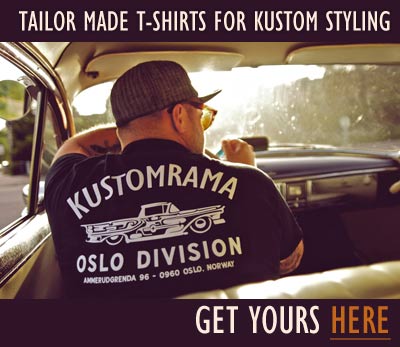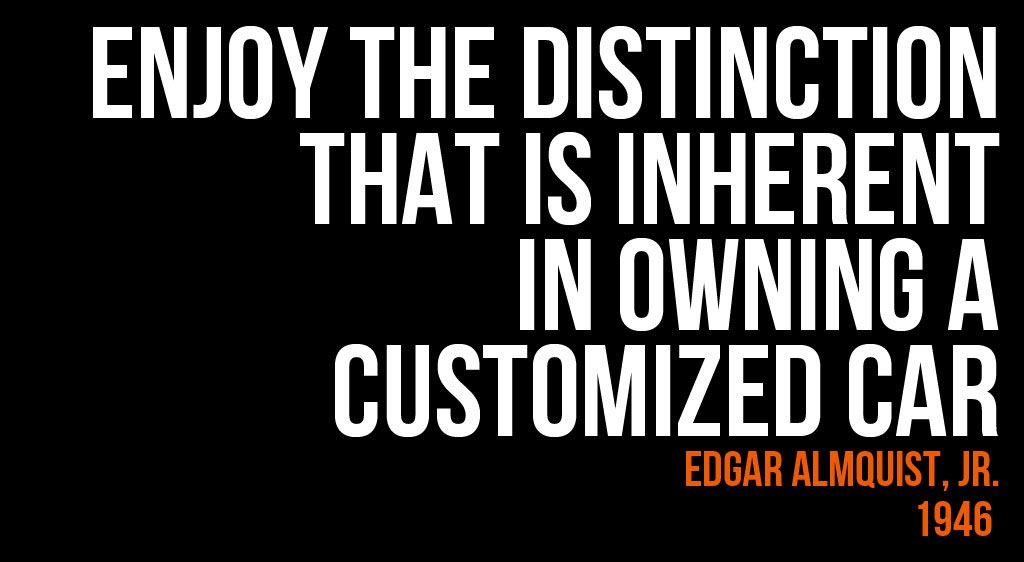Kansas City
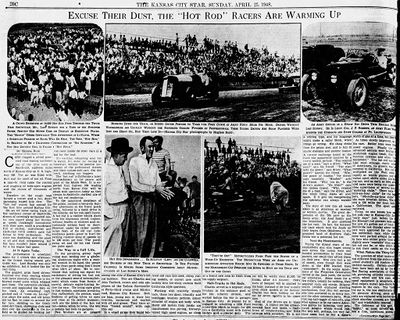
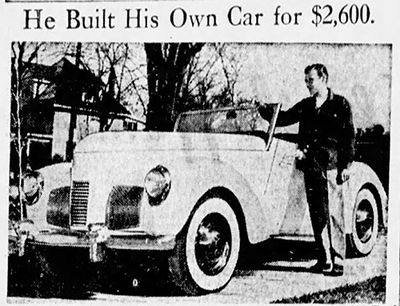
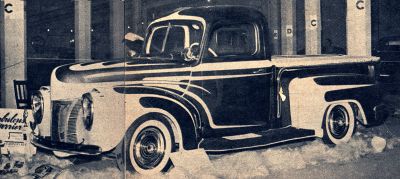


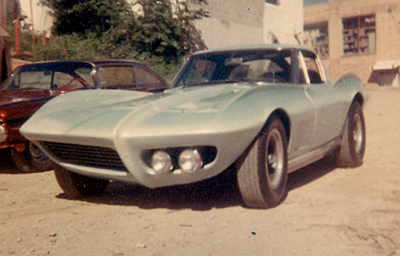
Contents
The Early Days of Hot Rodding in Kansas City
By the spring of 1948, the hot rod movement had officially arrived in Kansas City. While the roots of hot rodding stretched back to California’s dry lakes and desert speed trials, its influence was spreading rapidly eastward in the years following World War II. One of the clearest windows into the early days of Kansas City hot rodding comes from a vivid account published in The Kansas City Star on April 25, 1948. Written by Hughes Rudd, the article captures the noise, speed, and excitement of a Sunday exhibition race in Smithville, Missouri, just eighteen miles north of Kansas City.[1]
An estimated 14,000 fans packed the grounds near Smithville that day, eager to see stripped-down, rebuilt motor cars in action. The crowd filled the air with shouts, the scent of hot oil, and a cloud of dust, as dozens of antique and Depression-era cars raced around a makeshift dirt track. It was noisy, chaotic, and full of raw energy—everything a hot rod meet should be.[1]
According to Rudd, there were a few hot rods in the Kansas City area before the war, but in 1948, the scene had exploded. The number of enthusiasts had grown so large that it was no longer possible to keep track of all the hot rods in town. The event was hosted by local hot rod enthusiasts Dee Caldwell and Ed Sullivan (not that Ed Sullivan), who had gone all-in to promote the sport. They installed steel grandstands, graded the track, and even set up soft drink stands to accommodate the growing crowds. Drivers paid a small fee to race, and the winners received a percentage of the gate—$1.10 per person. Although financial reward wasn’t the main driver for most racers, returns like that made the average $2,000 hot rod investment seem almost sensible.[1]
While hot rods were now a common sight in Kansas City, Smithville had yet to catch the bug. At the time of the race, the town had no known hot rod owners. However, as the article suggested, it was only a matter of time before local boys were struck with “hot rod fever” after witnessing the spectacle.[1]
Among the Kansas City elite in hot rod building were Charles and John Tadlock, owners of the Tadlock Servicenter at 43rd Avenue and Mission Road. The Tadlock brothers specialized in transforming battered old cars into sleek, California-style sportsters, complete with high-compression aluminum heads and four-carb setups. At the time of the article, Charles Tadlock was in the process of rebuilding a 1938 Ford convertible that he had purchased for $90. He was transforming it into what he described as a “California model,” featuring faired fenders and a lowered body. Rather than calling it a custom, Tadlock referred to the project specifically as a California car, an indication of how strong the West Coast influence had become in the region. Working from a small garage, they represented a growing wave of mechanically inclined young men who preferred horsepower to porch swings.[1]
As Rudd described it, the sport was “California’s latest encroachment on the peace and quiet of the Middle West.” And indeed, many of the local racers and fans were influenced by California’s style and performance benchmarks. The cars often lacked windshields, fenders, and even hoods, but could hit speeds of up to 136 mph. It was all part of the thrill.[1]
Hot rod fever didn’t stop with the men. The wives of racers—some smitten, some seemingly less impressed—were also part of the scene. One photo from the day featured a woman dubbed a “Hot Rock,” a slang term for a hot rodder’s girlfriend, posing in the cockpit of a car under construction in Kansas City. Another photo showed a “rather bored wife of a driver,” dressed in California fashion with a turban, t-shirt, and sunglasses.[1]
Even military men were swept up in the excitement. Lieutenant Colonel J.F. Roberts, a WWII pilot stationed at Fort Leavenworth, regularly raced an English-built hot rod. S.H. Giberson, a pilot for Mid-Continent Airlines, built his racer with the help of his wife in their Kansas City garage.[1]
The 1948 Smithville meet was one of the first formal racing events held in the region, and it marked the start of what would become a deeply rooted hot rod culture in Kansas City. As Hughes Rudd put it, “Like love in the spring, the contagious aspects [of hot rodding] could reach epidemic proportions.”[1]
Custom Cars of Kansas City
Sam Giberson's 1934 Ford Roadster
Ray Farhner's 1940 Ford Pickup
George Janich's 1941 Ford Business Coupe
Ray Erickson's 1952 Ford Coupe
Ray Farhner's 1963 Chevrolet Corvette - Outer Limits
Dragsters of Kansas City, Missouri
John Kingston's Sling Shot Dragster
Car Clubs of Kansas City, Missouri
Kansas City Cranktwisters
Kansas City Dragettes
Upholstery Shops of Kansas City, Missouri
Timing Associations of Kansas City, Missouri
Kansas City Timing Association
Citizens of Kansas City, Missouri
Did you enjoy this article?
Kustomrama is an encyclopedia dedicated to preserve, share and protect traditional hot rod and custom car history from all over the world.
- Help us keep history alive. For as little as 2.99 USD a month you can become a monthly supporter. Click here to learn more.
- Subscribe to our free newsletter and receive regular updates and stories from Kustomrama.
- Do you know someone who would enjoy this article? Click here to forward it.
Can you help us make this article better?
Please get in touch with us at mail@kustomrama.com if you have additional information or photos to share about Kansas City.
This article was made possible by:
SunTec Auto Glass - Auto Glass Services on Vintage and Classic Cars
Finding a replacement windshield, back or side glass can be a difficult task when restoring your vintage or custom classic car. It doesn't have to be though now with auto glass specialist companies like www.suntecautoglass.com. They can source OEM or OEM-equivalent glass for older makes/models; which will ensure a proper fit every time. Check them out for more details!
Do you want to see your company here? Click here for more info about how you can advertise your business on Kustomrama.


